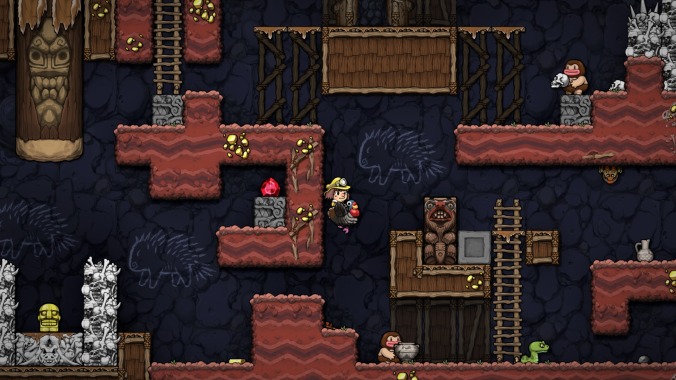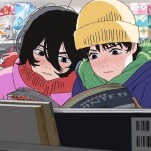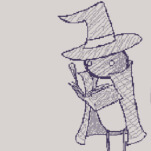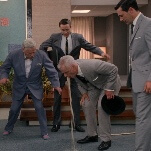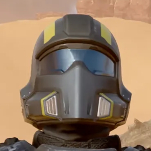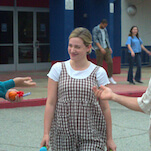Sequels are a tricky beast—rarely moreso than in the world of video games, where a new game in a franchise is often asked not just to expand a well-worn plot, but to revolutionize the way a game (often one a returning player may have sunk more than a hundred hours into beforehand) feels and plays. That need for novelty—baked directly into the moment-to-moment experience of the game—has produced some great sequels, and also a whole bunch of often-fractious conversations about their merits. These can range from the gallons of ink spent on the ways
attempted to refine the formula of their celebrated predecessor, to god knows how many accusations of laziness pointed at developers who refused to fix what wasn’t broken.
Into that fray this week comes Spelunky 2, Mossmouth’s sequel to its tremendously popular procedurally generated 2012 cave adventure—and as boldly “Ain’t broke” a game as any with a “2” in its title has probably ever managed to be. The early moments of Spelunky 2, which drop you into a cave full of familiar snakes, traps, and trigger-happy shopkeepers, is so similar to the opening levels of the first game that you half-expect someone to accuse creator Derek Yu of self-plagiarism. It’s only after you’ve spent some time with Spelunky 2—dying god knows how many silly Rube Goldberg machine deaths in the process—that the elegance of its expansion on the original game becomes clear.
Take the turkeys. They’re one of the first new additions you’ll encounter in the first few levels of the games: Non-hostile birds that spend most of their time running back and forth, ignorant of the 8 billion traps that surround them on every side. The game encourages you—through a new NPC who’s also perfectly willing to kill you, pretty much immediately, if you cross him—to the idea that the turkeys have value. But it’s only once you’ve spent some time with these goofy flightless birds that you discover that you can tame them by jumping on their backs, holding on as hard as possible until they calm down. Which is when you realize that Yu and his team have implemented a whole new “mount” system under your nose, changing huge swathes of how levels can be traversed. (The ability to Yoshi your way off a mount, dropping them into the spike pit below you to get a little extra height, being only one of several useful wrinkles. You monster.) The mounts aren’t the biggest change to Spelunky 2, by far—the game’s unfolding level design is the real mind-blower, at least early on. But it does exemplify how Spelunky 2 refines and improves the original’s formula, with an alteration that’s somehow drastic and totally seamless, all at once.
Just as revolutionary are the things that haven’t been changed, especially the game’s basic movement rules. You run, whip, and jump in exactly the same way as you did in the original Spelunky, a must-have for a game where learning the specific physics of dashing and leaping was as important as recognizing a new sort of trap. If there’s something you “knew” in the first Spelunky—the way bombs and rocks move, the nature of lethal spikes, even the old maxim “Never break a pot you’re standing on, lest a snake jump out and murder you dead”—it’s still in play, with all your stored muscle memory ready to help you navigate them. Mossmouth acknowledges that those memories are your most valuable tool for surviving this even-more-diabolical labyrinth, the only bulwark against dying a thousand more stupid deaths to those old, evil arrow traps.
No, it’s the new stuff that’ll kill you dead—but at least you’ll have a blast in the process.
